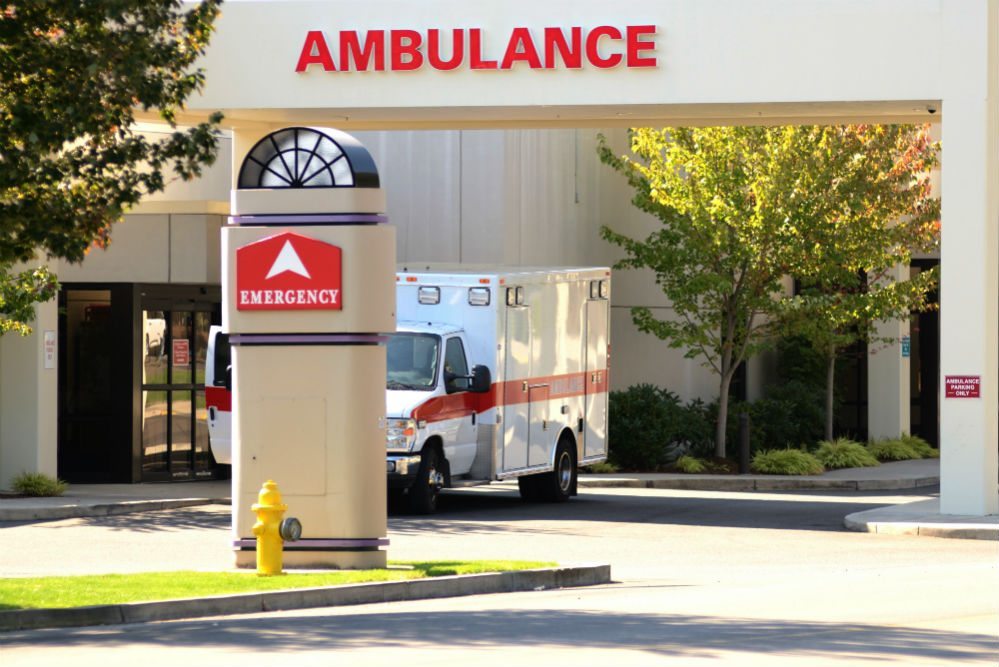Healthcare institutions share a marvelous number of similarities with enterprise businesses even though they belong to a different category altogether, but at the end of the day, they are also running a business.
Businesses are usually focused on selling products or marketing their services whereas healthcare institutions are focused on delivering care to the end user or customer, in this case – patient. To this end, there are a number of ways in which signage can be advantageous for a healthcare institution.
Benefits of Signs
Hospitals can be quite intimidating for people who visit as patients or even as guests. When at a healthcare institution, confusion and ambiguity can create additional discomfort which is not going to help in situations that are already stressful. Proper signage can help eliminate and mitigate stress. It can also help streamline the provisions of care, deliver improved quality of care, and even increase profitability. Now, let us look at a few ways in which hospitals can benefit from using signage:
- A way finding application will be able to direct visitors from one point to another within the facility. This will help in speeding up the process of locating the check-in area or a patient’s room. Tell them where the billing area is or where the restroom is. This means people can take care of business quicker and without having to bother staff members.
- Digital signage could be used to help deliver information dynamically at check-in areas. This will provide patients with all sorts of important information which is relevant to them like expected wait times, doctors who are visiting today, floors which are dedicated to specific diseases and symptoms.
- The treatment status of the patients could be delivered in real time through digital signs too. This can make it easier for family and friends to check up on their loved ones. This alleviates the fear of uncertainty during procedures or surgeries. So now you know what is happening without having to working your way around.
- The demographic profile of a patient can be used to deliver relevant entertainment to that patient’s room based on location and language. This can help alleviate the concern for the patients since they have enough already on their minds.
- Signs also help improve communication with the staff. Digital signage could easily replace the typical whiteboard which is usually found at nursing homes, operating rooms, waiting rooms, and so forth. This will help improve the overall coordination at the institution and break language barriers.
- Collaboration can also benefit from signs. Administrators, nurses, and doctors can make use of digital signage along with software tools in order to improve the workflow communication among themselves as well as between them and patient and his family members.
- Digital signage can help automate patient check-ins too. When it is deployed along with the proper content management system, it can help streamline wait times and can even improve the number of patients who can be served. This will also help improve patient experience and increase their trust in the system.
- Digital signage could be used to help improve awareness and even demand generation at the cafeteria or gift shop. It can be used to promote specials and thus increase sales and profitability. And in a pitiful economy, you cannot overlook that.
In summary, signs have the potential to be just as important as the complex imaging systems or stethoscopes that are used in any healthcare facility. The benefits for patients, caregivers, and visitors cannot be underestimated or overlooked and it even has the potential to create an overall positive experience which will encourage patronage in the future of the institution using it.
As for the hospital, signs can help improve profitability by making it possible for them to attend to more patients and can also improve the quality of care that is delivered. The sooner healthcare institutions understand the importance of signs, the better it will be for everybody








